Specialty chemicals company LANXESS has deployed modularity in the design of EV charging inlets. Team ACI looks at all that can change with its approach.
Thermoplastic compounds have raised the bar of design. Durethan polyamides and Pocan polyesters are claimed to have given designers a free hand at bringing concepts to life. Specialty Chemicals company Lanxess demonstrated a new design concept for charging inlets in the case of Electric Vehicles (EVs) using such customized material solutions. Installed in BEVs, the new modular design approach accommodates the use of the charging coupler of an external charging station. “Our approach is aimed at using a modular configuration to get the right material in the right place to meet the complex requirements applicable to the various components with the utmost precision,” explains Gregor Jaschkewitz, Application Developer at the High-Performance Materials (HPM) Business Unit, credited for bringing the design to life. “At the same time, a high level of functional integration is intended to make it as easy as possible to assemble the entire unit, which means screwless assembly and minimal components to keep costs low,” he adds.
Sub-parts and thermal management
The key elements of this charging inlet design are the front and rear housings. There is a socket provided for the connector coming from the charging station and an actuator. The latter locks the connector in place to prevent it from being accidentally or deliberately pulled out during the charging process. The pin holder is another essential element of the inlet design. It holds the metallic connector pins in place, as well as a Printed Circuit Board (PCB) with cables for charging with direct or alternating current, among others.
It positions the cables such that the heat produced during charging is dissipated not only through them but also through the other cables not in use. “This means that the pin holder supports the thermal management and thus makes fast charging at high currents easier,” mentions Jaschkewitz. Once the cables and contact pins have been placed in the holder and the PCB is clipped in, all the charging inlet components come together with the aid of snap fits. The cables are fastened in place under minimum strain to avoid getting detached from the housing. As per Jaschkewitz, the ability to join the components without the need for screws simplifies the assembly process and associated logistics, which, in turn, cuts manufacturing costs.
High-quality material with certification
Plastics for charging inlets are required to comply with the IEC 62196-1 standard and deliver high electrical insulation resistance as well as high dielectric strength and tracking resistance. Parts that come into direct contact with live components must pass a Glow-Wire End Product Test (GWEPT) following IEC 60695-2-11 at a glow-wire ignition temperature of 850 degrees centigrade. After being stored at 80 degrees centigrade for seven days, the plastic parts must not exhibit any surface changes – such as cracks – caused by aging.
High-grade mechanical properties (for instance good toughness) are also required to ensure no susceptibility to bumps or vandalism. “Our material solutions include compounds that are ideally suited to this range of requirements. In some cases, versions developed specifically for electric vehicles are also available,” says Sarah Luers, Application Developer at HPM. “This includes, for example, highly weather- and UV-resistant products for housings as well as materials exhibiting low shrinkage and warpage for components that need to be particularly dimensionally stable. Thermally conductive polyamide six compounds with good mechanical properties are intended for use in the pin holder, known to be subjected to heavy thermal loads. This also includes product types that pass the UL 94 flammability test prescribed by the US Underwriters Laboratories Inc. testing institute with a V-0 rating.
Application scope
The design is the product of collaborative discussions with manufacturers of charging systems and incorporates the experience that LANXESS is claimed to have already accumulated in numerous charging infrastructure development projects. “This means that it also satisfies a desire expressed by many manufacturers to have the ability to be as flexible as possible when it comes to charging inlet sealing,” states Jaschkewitz. O-rings, sealing cords, or the family seals can be used, for example, as can lip seals manufactured in a two-component injection molding process.
The company is currently considering applying the new design to further assemblies of the charging infrastructure – such as the charging plug. The design and materials expertise built up during work on the vehicle charging inlets can be deployed to a large extent here because the requirements are deemed very similar. The company is also known to assist charging system manufacturers with an extensive range of services through its HiAnt service brand. On behalf of its project partners, for example, it calculates and simulates how component geometry and material will affect the generation of heat in the component. Other services include performing important flammability testing in compliance with standards and conducting mechanical testing such as ball drop tests. ACI



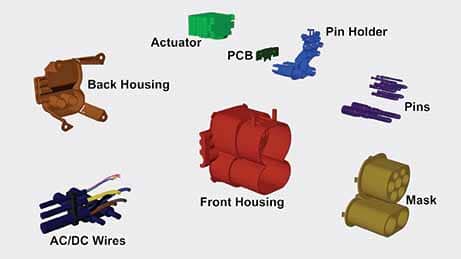



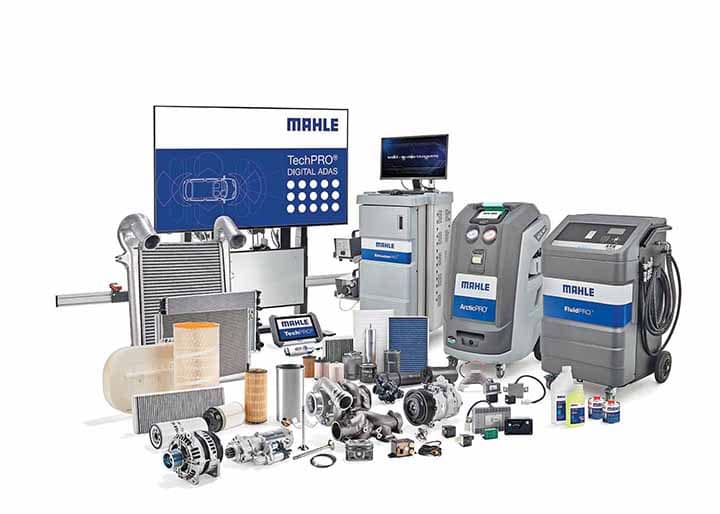

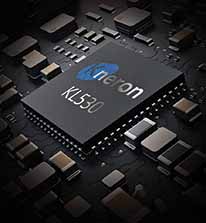

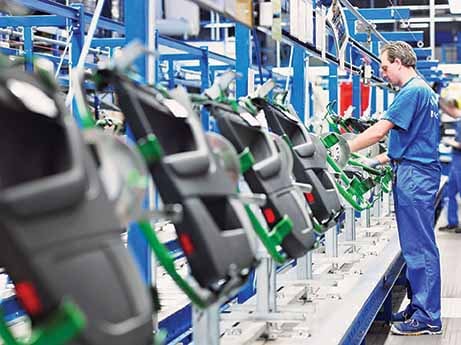
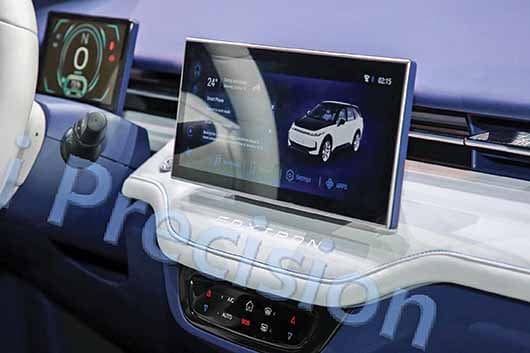

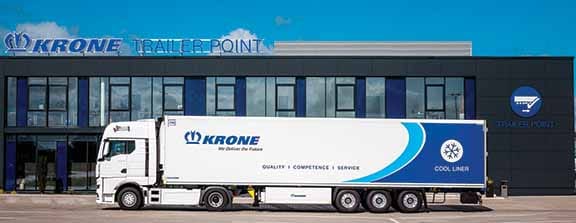

Leave a Reply